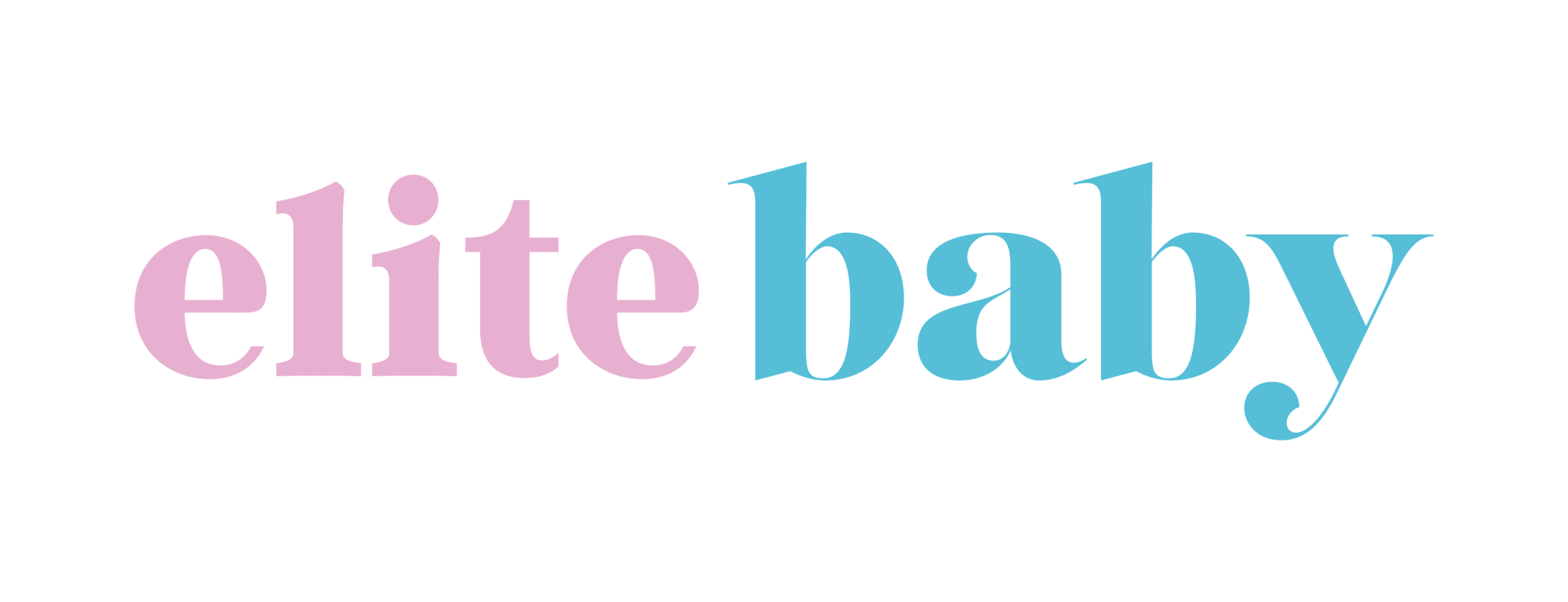4 Months Old Baby Teething Signs
Is Your Baby Teething?
A baby’s teething period can vary from one baby to another. For most, teething starts between 6 to 12 months, but for some, it can be as early as 4 months. If you suspect that your 4-month-old baby is teething, then you’d want to watch out for the following 4 months old baby teething signs for confirmation:
Repeatedly rubbing their cheeks and ears
Perhaps one of the most common signs noticed in teething babies is when they start rubbing their cheeks and ears repeatedly. This is mainly due to the erupting molars which normally induce a throbbing ache in the gums. Since the gums, cheeks, and ears all share the same nerve pathways, you can expect your baby to rub any of the two areas when teething.
One thing you should note, however, is that ear pulling can also be a sign of an ear infection. Also, if you notice your baby having a high fever not long after, it’s best to consult your pediatrician right away.
Biting or chewing on objects
Regularly biting or chewing on objects is yet another common sign that’s experienced by teething babies. When teething, babies can normally feel pressure from the teeth that are attempting to poke through under their gums. This results in discomfort which babies try to relieve with counter-pressure by biting or chewing on stuff.
You can help your baby ease the discomfort with the help of chewing beads, teething rings, or any teething toys on the market. Make sure to chill or freeze them to enhance their effect.
Profuse drooling
You might be shocked when you notice your baby starting to drool a lot. However, it can be a pretty normal occurrence during the teething period. It may even persist for as long as most of their teeth continue coming out.
If you notice your baby drooling profusely, the best thing you can do is to make sure their shirts are clean, dry, and comfortable at all times. It’s also best to wipe their chin of any drool to prevent chapping.
Slight fever
In some cases, teething babies might experience a slight fever, or maybe just a slight increase in their temperature. In particular, this can range from 98-100F but not above 101F, as any more than that could possibly mean an issue as pointed out above.
To confirm this, you want to check your baby’s temperature to see if it’s within the safe range. If it goes above that, consult your baby’s pediatrician immediately.
Crying
There can be several reasons why your baby is crying, but if it’s crying for long periods of time, then that could be a sign that they’re teething. While some babies don’t really complain a lot during their teething period, others can feel a lot of pain due to their gum tissue inflaming.
Fortunately, they only feel the most intense pain during their first teeth, as it’s when the large molars appear. Later on, the pain associated with the other teeth can be less intense, and some won’t even be bothered at all.
Teething among babies just a few months old is quite common. If you spot any of these 4 months old baby teething signs, the best thing you can do is understand the situation so you can find the right solution that will hopefully ease your baby’s teething pain.
